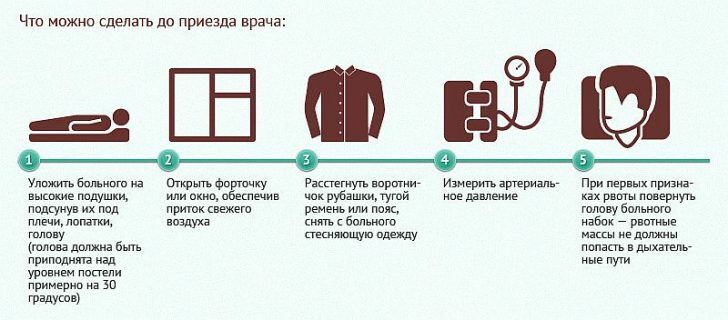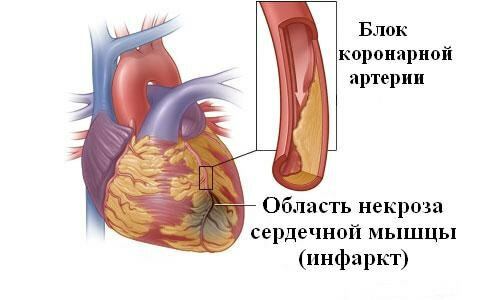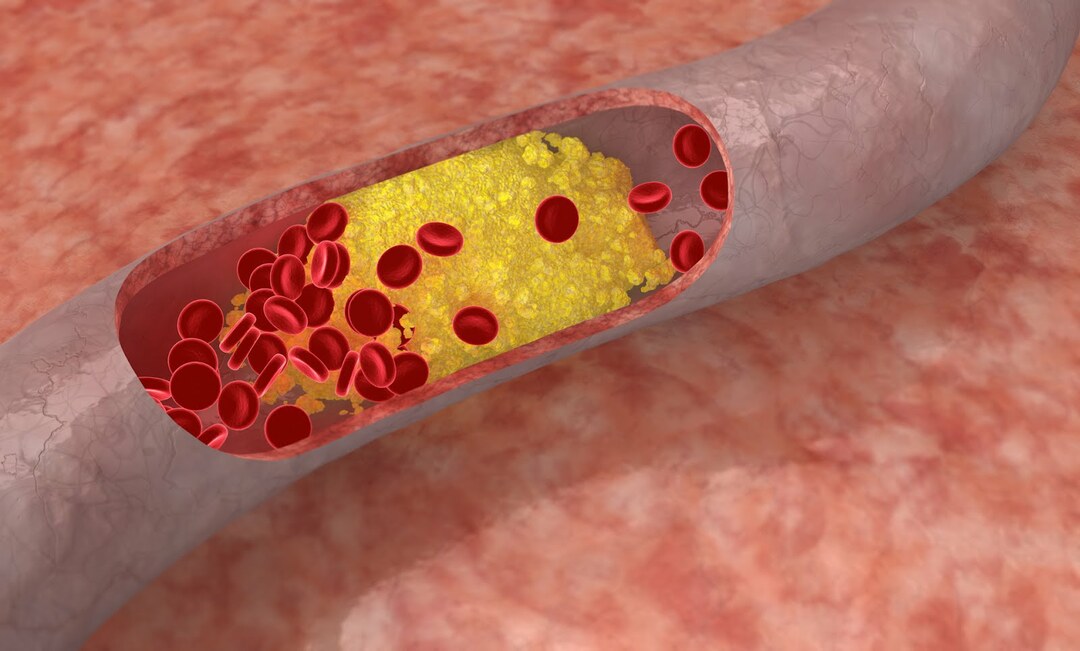Hypertensive disease: classification

Since the beginning of the study of hypertension, several classifications of this disease have been created, each of which takes into account this or that factor. Determination of the type of hypertension identified is necessary in order for the specialist to be able to prescribe adequate and most effective treatment.
One of the first classifications that appeared in medicine - in appearance of the patient, now is not used in medical practice. The rest are actively used by physicians, for example, by the nature of the course( benign and malignant), by origin( primary and symptomatic).
Among others there is a division in terms of blood pressure, often used in diagnosis:
- "Mild" hypertension: the increase in blood pressure is of a short-term nature and does not require medication.
- "Moderate" hypertension: a pressure increase of 180/110 mm Hg is observed. Art.
- "Severe" hypertension: this form takes place with complications and practically does not give in to treatment by medicines.
It is worth noting that this classification characterizes only the level of blood pressure, not reflecting the condition of the patient himself.
Another important classification is the division of the degree of organ damage. A person rarely feels a change in blood pressure( exception - excessively high or excessively low blood pressure).Therefore, the patient's condition is characterized not specifically by the level of arterial pressure, but mostly by the state of organs in whose blood supply disturbances are observed due to hypertension that has arisen.
This classification implies three stages:
The first( otherwise, preclinical) stage of
A characteristic feature of this classification is small pressure rises. The level of blood pressure is unstable, during rest, as a rule, the pressure is normalized. Sometimes there are headaches, sleep disturbed, mental performance decreases. There are no pathological changes in the organs at this stage.
The second stage of
At this stage of the disease, the pressure is already consistently high. The pressure limits for this stage are: 160-180 / 100-110 mm Hg. Art.
At this stage, violations in various organs are revealed:
- From the heart: hypertrophy of the left ventricle.
- From the kidneys: proteinuria, an insignificant increase in the plasma creatinine level.
- From the side of the vessels: narrowing of the arteries( common throughout the body or localized), there are atherosclerotic plaques( in the aorta, carotid artery, femoral and iliac arteries).
The third stage of
This stage is characterized by a very high level of blood pressure.
Infringements of blood supply of internal organs are very significant. As a result, there are clinical manifestations that can lead to the death of the patient, including:
- From the heart: heart attack, angina pectoris, insufficiency.
- From the brain: stroke, circulatory disorders of the brain.
- From the side of the vessels: blockage of the arteries, stratification of the walls of the aorta.
- From the side of the fundus: swelling of the optic disc, hemorrhage, blindness.
- From the kidneys: insufficiency, high level of plasma creatinine.
It should be noted that the absence of symptoms does not mean that the patient's health is not threatened.
A separate manifestation of the disease is the release of hypertensive crises, that is, periods when the increase in blood pressure occurs very quickly and dramatically, and the blood pressure level reaches critical numbers. Typically, this condition lasts about a day.
In addition, isolated isolated hypertension( found in six to nine percent of cases), refractory hypertension, which does not respond to therapy( it is necessary to distinguish cases when the pressure does not decrease due to improper diagnosis, and therefore inadequate therapeutic measures), "hypertension of the white coat".The last type of hypertension was named after the fact that the level of pressure rises only in the presence of medical personnel. However, doctors warn that even this type of disease can go into a form that is life-threatening, and therefore needs to be controlled and treated.



